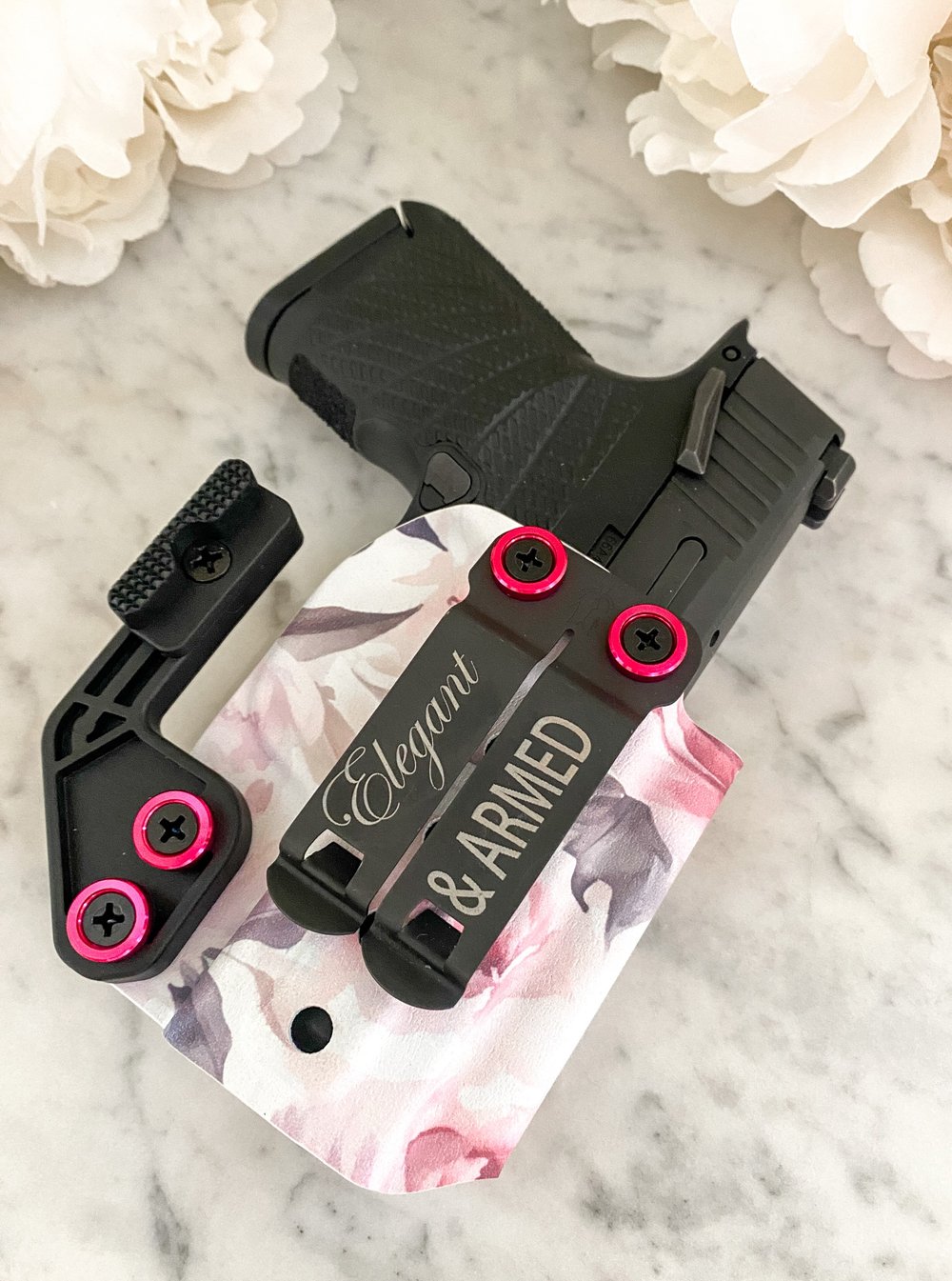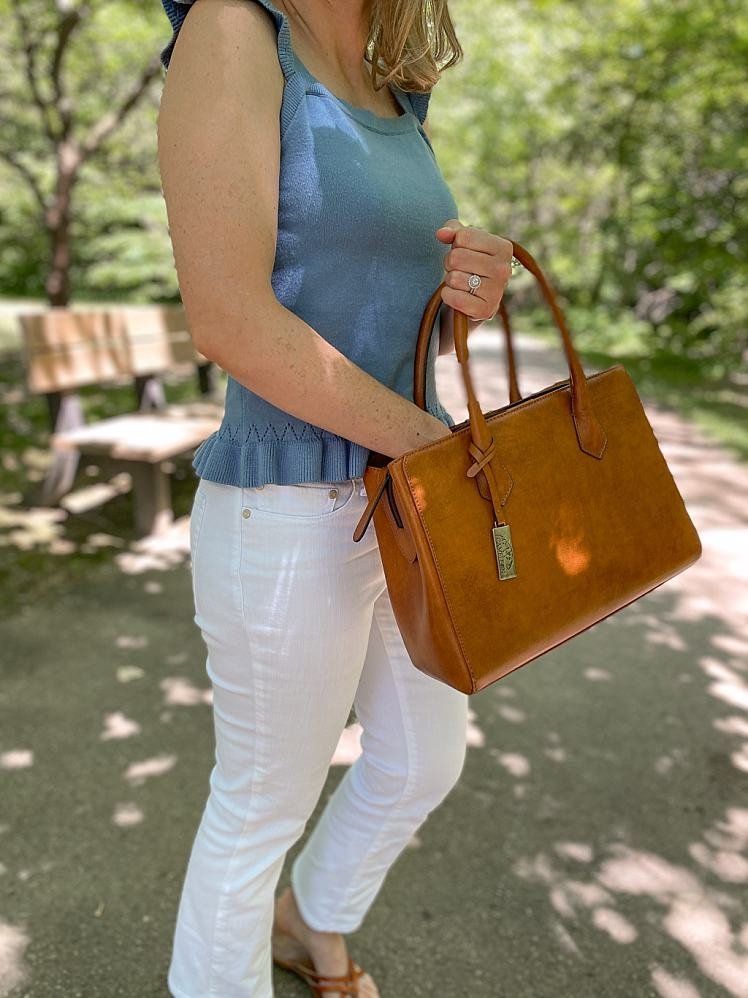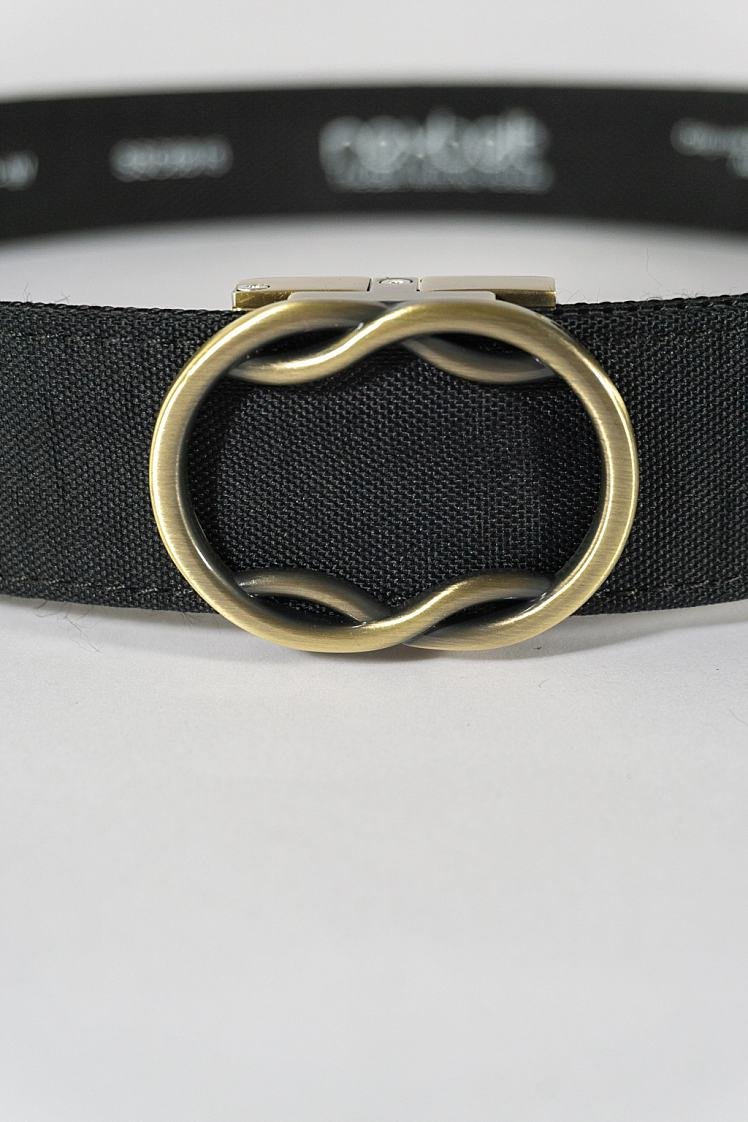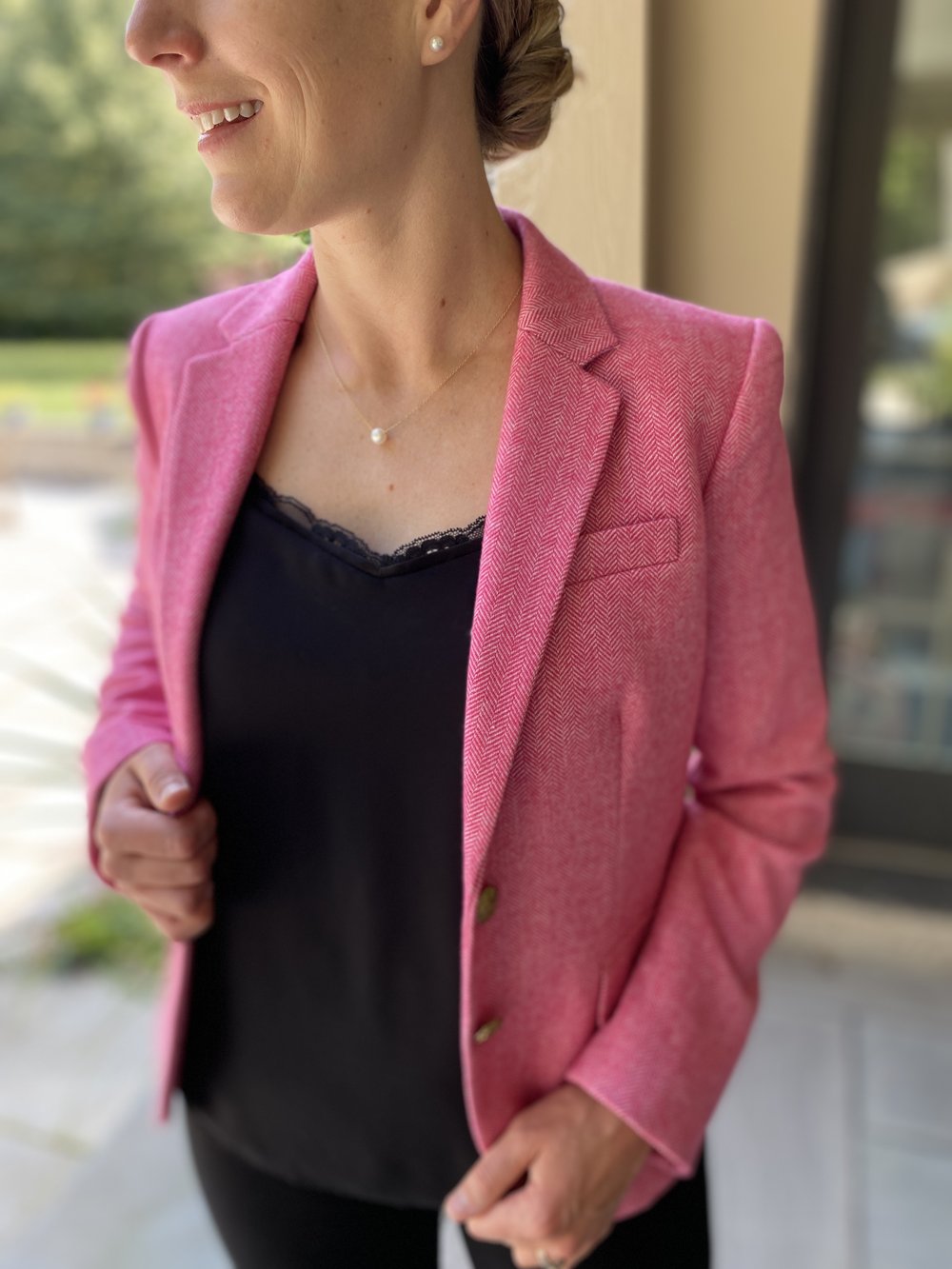Concealed Carry Road Map - How to Get A Concealed Carry Permit
Share

First, I should point out that a concealed firearm permit is not required for everyone. The right to bear arms is guaranteed by the second amendment to the U.S. constitution, but most details regulating the “bearing” of arms is defined by state legislatures and they vary considerably. In some states you can carry a firearm, either concealed or visible (open carry) without a permit. The other extreme, requires a permit for either method and will issue permits only if the applicant can make a compelling case of need.
My home state of Ohio is somewhere in between, requiring a permit to carry a concealed firearm but open carry is unregulated. Side note: I think most gun owners dislike the attention open carry brings so, even though it is unregulated, its uncommon to see someone openly carrying a firearm in public.
The Process
To find out whether your state requires a permit, and the details of the application process, check your state attorney general’s website or another site that provides state requirements. The site below is my favorite because it’s thorough, clear, and provides details for all of the states.
Find your state’s concealed carry requirements
For this article, I’ll use Ohio as an example of what the permit application process may look like (if you have one at all).
In order to apply for a permit, I first had to complete an 8-hour class, taught by a certified firearms instructor, with a minimum of 2 hours of in-person range time and live-fire training. The class size was small; in fact, it was just my family. However, I’ve heard of classes consisting of 100+ people.
The instructors covered topics such as the legal aspects of carrying a concealed firearm and using it in self-defense, the process for obtaining a permit, basic training in gun operation and safe handling, live fire practice, and methods of firearm concealment to name a few. We were also required to pass a written exam and demonstrate our proficiency in firearm handling and marksmanship.
At the Sheriff’s office, I turned in a completed application, a copy of my firearms training certificate issued by my instructor, and a recent passport style color photo. I paid a fee of $67.00, then they took my fingerprints. All that was left was to wait for them to complete a background check and review the application. The processing time is typically 45 days. About 7 weeks later, I was approved and went to pick up my permit!
Why you should get a permit
(Even if you don’t expect to carry concealed)
If you plan to own or have access to a firearm for self-protection, I recommend going through this class, even if you only plan to use a gun for protection in the home. I also recommend applying for the permit, even if your state doesn’t require it. Here’s my reasoning:
- If you plan to have access to a gun at all, it's important to understand the legal aspect of protecting yourself in the state you live in. I think learning these laws in a classroom setting is superior to self-study because you have an opportunity to ask questions and hear experienced people discuss the subtleties and practical implications of the law. Check to see if your class covers this.
- Even if you're in a state that doesn't require a permit, you may want to carry your firearm when traveling to another state. It's critical that you know ahead of time that the state you are traveling to, or through, will honor your state's permit. You can check quickly using the following Reciprocity Map. The USCCA site also shows reciprocity (explains which states will accept your permit.)
- Just because you don't plan to carry a gun now, doesn't mean you won't change your mind in the future. If an urgent need to carry your firearm arises, you'll wish you had applied earlier. The application process can take some time and I think it's wise to have it before you need it.
I experienced this first hand. My Dad signed the family up for a concealed carry class as a Christmas present, so I passed the class and applied for my permit even though I thought I'd never use it. After a life change, I started to feel more vulnerable, and was thankful I could start carrying immediately. Another family member waited too long and had to take the class a second time before getting their permit.
- If an immediate family member carries, consider what may happen if they leave their gun in the car, and you drive it unknowingly. In Ohio, the driver could be subject to criminal prosecution if caught with a loaded firearm in their car without a concealed carry permit.
Finding a class
Check with your local gun dealer or shooting range to see if they offer the class. If not, the sites below provide resources to help you find one.
On the NRA site, you’ll see many class options. To search specifically for a concealed carry class, scroll down to the heading, “Self-Defense” and select, NRA Basic CCW. Next, scroll down and enter your zip code or state. Then click, search.
On the USCCA site, enter your zip code and hit “enter” to view a list of classes in your area. They’ll show up on a map so you can see how close they are to you. https://training.usconcealedcarry.com/ Another option is to use this page search for instructors in your area and request a class.
What to Bring

For the in-class portion, I recommend bringing paper and a pen to take notes, possibly a highlighter if that is something you like to use.
Ask your instructor if you’re responsible for providing ammunition, eye and ear protection, and/or a firearm for the live fire session. Often, guns are provided for rent or to use for free. If they do ask you to bring a gun and you already have one, great. However, if you’re thinking about buying a gun to use in the class, I recommend holding off on this. Information from the class may affect your choice.
Also ask if you should bring additional items, such as a packed lunch, cash or check for payment, ID, etc.
What should I do after getting my permit?
After completing this process, congratulations are in order! Getting your permit is an accomplishment and something to be proud of. Because concealed carry is a lifestyle, I recommend connecting with others who can encourage you along the way. It’s kind of like having a big support group! A shooting range is a great place to start, but I also recommend joining an organization like USCCA or NRA, which provide training resources and a way to get connected with other shooters. I’ve found the gun community to be very welcoming and helpful, and I think you will too.





